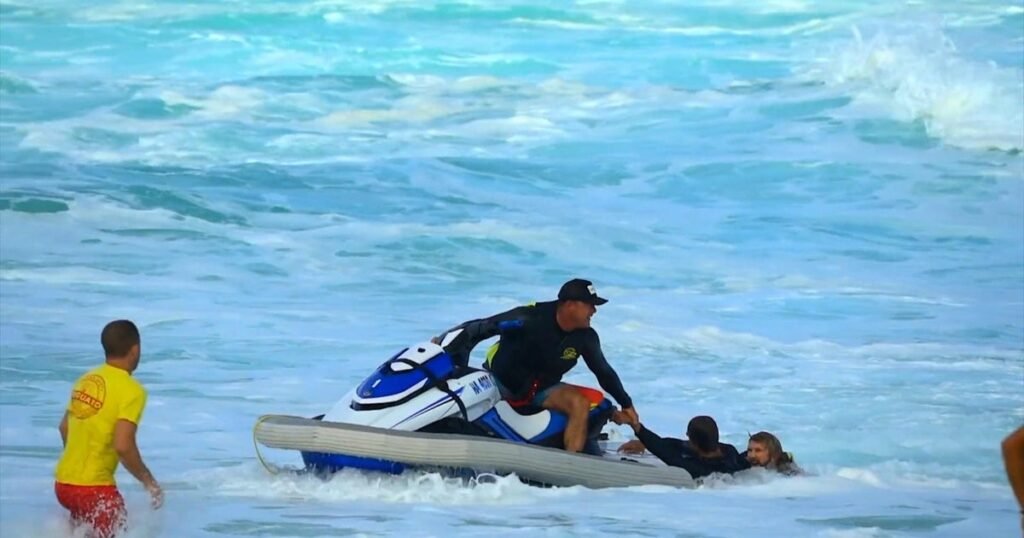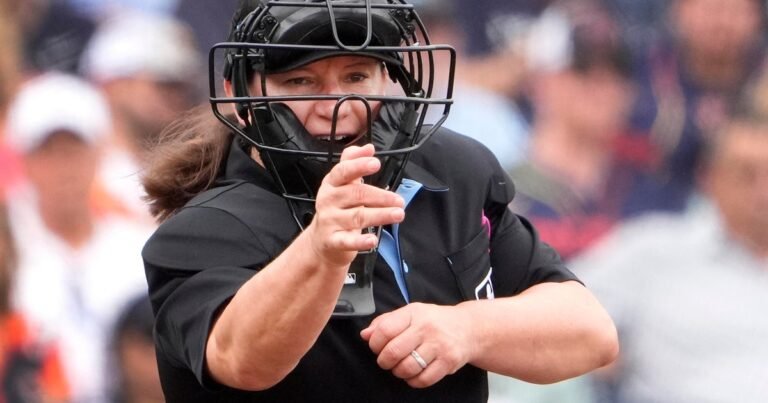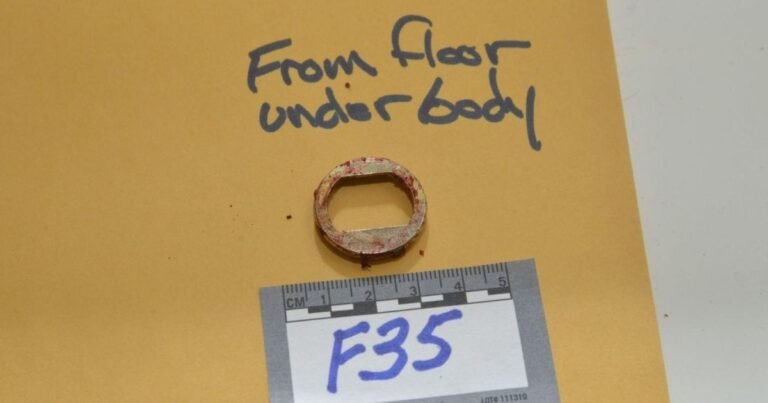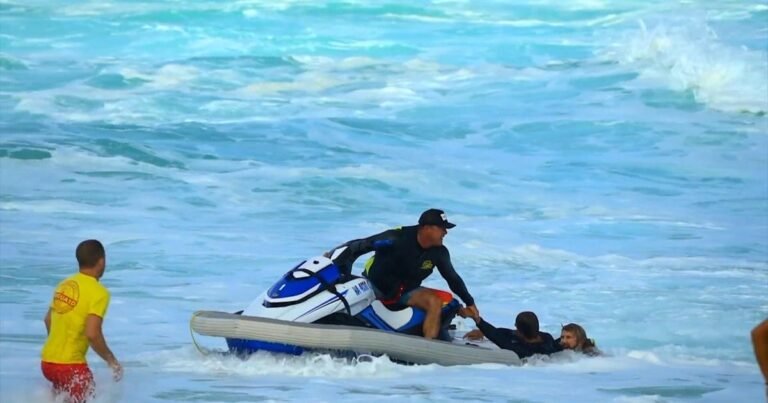
On Oahu’s North Shore, where powerful Pacific swells crash into some of the world’s most dangerous beaches, an elite team of lifeguards stands between thousands of visitors and tragedy.
Honolulu Ocean Safety lifeguards patrol 43 towers across the Hawaiian island, but none face more treacherous conditions than those along the seven-mile stretch home to the legendary Banzai Pipeline.
“It’s been said … if you were able to harness the energy from a single wave, it could light up the city of Honolulu for a week,” said Lt. Dave Wassel, a 20-year veteran. “If you’re in the wrong place, wrong spot, that wave hits you, then it’s lights out.”
Though the beaches are beautiful, they pose deadly risks that set these lifeguards apart.
“Everybody in the world who’s a lifeguard follows the same standards,” Wassel said. “The Pacific Ocean… Nowhere is it more of a challenging playbook than right here.”
Professional surfer Nathan Florence, who rides these waves regularly, has seen their skill firsthand.
“I talked to one of the older lifeguards the other day and he told me he had over 1,000 rescues. People don’t know this. These guys are actual heroes, living heroes,” said Florence.
Earlier this year, Florence watched as lifeguards resuscitated an unconscious surfer pulled from the water. For veteran guard Tau Hannemann, who’s spent over 20 summers on the beach, every save matters.
“It’s very rewarding,” he said.
The team monitors the Pipeline from Tower 26, often using jet skis to reach victims in surf that challenges even experienced watermen.
“Most days … nothing happens,” said Lt. Kyle Foyle. “And then some days … I’ve rescued three people, you know?”
The need is urgent. Hawaii has the second-highest drowning rate in the U.S., and North Shore lifeguards save thousands each year. That sense of duty never ends.
“You’re never off duty,” Foyle said. “Even when I’m playing with my kids … I’m still watching the water.”
“That’s just what we do,” he said. “That’s what we are.”



